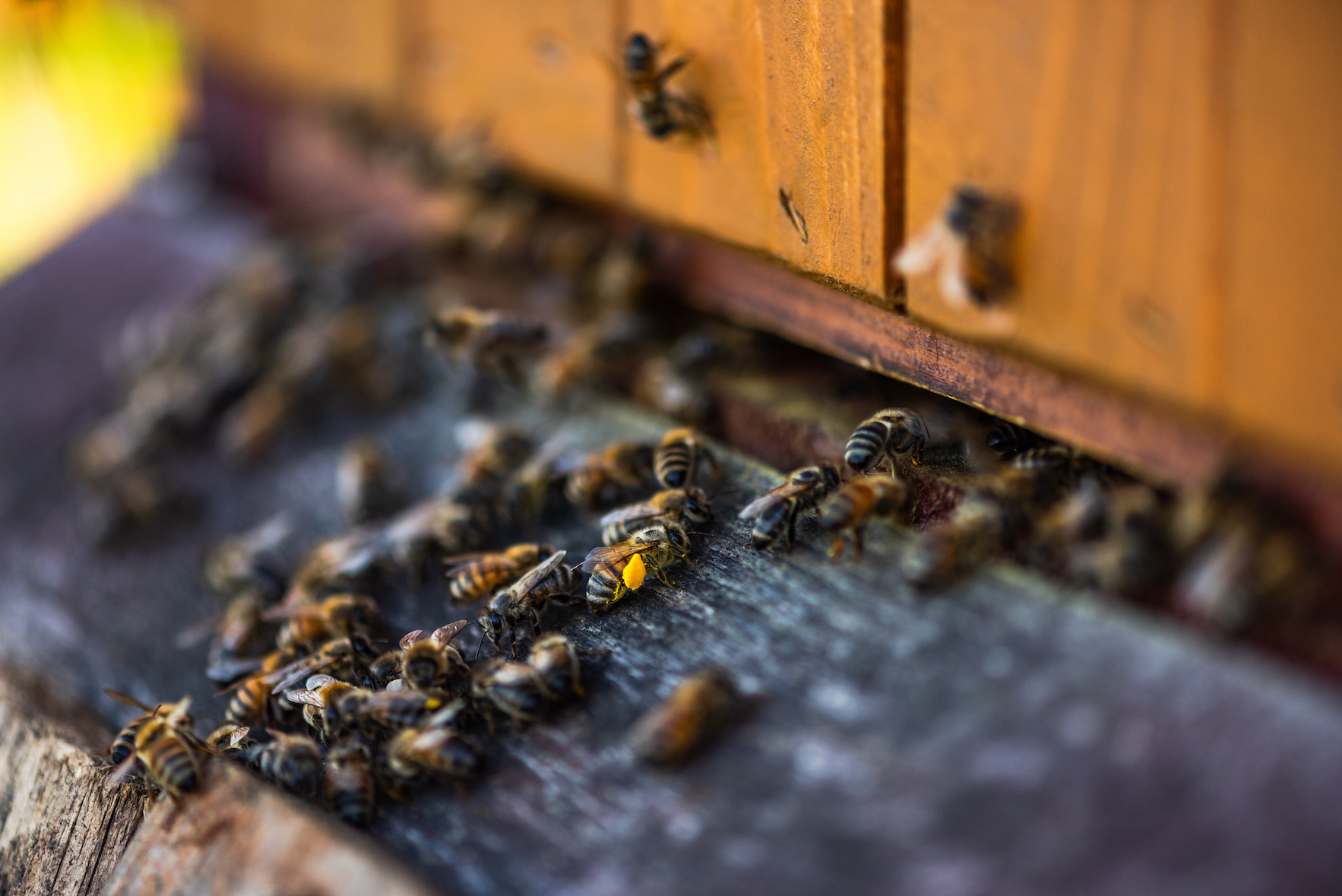Research roundup: How do viruses move between wasps, hornets, and honeybees?
July 1, 2020

Scientists suspect that wasps and hornets preying upon honeybees promotes the spread of viruses. However, the overall impact of this process on honeybees is still widely unknown. The recent arrival of the Asian giant hornet — often referred to as the "murder hornet" — in the United States only amplifies the necessity to discern how viruses move between wasps, hornets, and honeybees. Declan Schroeder, PhD, associate professor in the Department of Veterinary Population Medicine at the University of Minnesota College of Veterinary Medicine, recently led an international team of researchers to measure the presence of Moku virus (MV) in hornets, wasps, and honeybees to better understand how this virus transfers between populations. Schroeder says MV is among the viruses the murder hornet could potentially carry. He and the research team found that MV most likely originated in hornets and wasps, and honeybees are probably becoming exposed to it either through predator-prey interactions with hornets and wasps, or when wasps and hornets shed the virus into shared environments. Due to their hefty impact on honeybees, other viruses — such as deformed wing virus — outrank MV as a major focus for bee researchers. However, this team found that honeybees can spread MV, too, meaning this virus can adapt to new hosts and potentially mutate to have a harmful impact on honeybee populations. As a result, the scientists call for further investigation into MV to determine its bearing on and prevalence in honeybee populations.
Read more in the June 2 paper published in Viruses.


